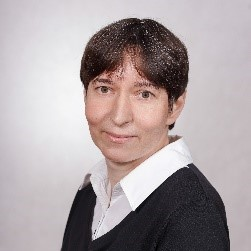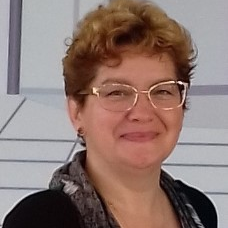UV Lacquer Systems for Wood and Wood Based Materials
A special issue of Coatings (ISSN 2079-6412). This special issue belongs to the section "Surface Characterization, Deposition and Modification".
Deadline for manuscript submissions: closed (20 December 2022) | Viewed by 3905
Special Issue Editors
Interests: wood technology; adhesives and lacquer products; wood-based materials; technology; wood gluing; wood finishing
Special Issues, Collections and Topics in MDPI journals
Interests: wood technology; lacquer products and adhesives; wood based materials; UV technology; wood finishing; wood gluing
Special Issues, Collections and Topics in MDPI journals
Interests: wood processing; wood modification; discolorations of wood; coatings
Special Issues, Collections and Topics in MDPI journals
Special Issue Information
Dear Colleagues,
Finishing of wood and wood-based material surfaces with lacquer products decides aesthetic–decorative features of the final products and gives them functional characteristics. The obtained coatings show the resistance to abiotic factors (climatic, mechanic, thermal and chemical) and biotic and also the suitable durability during aging. Undertaken over the recent years, innovative activities in the field of lacquer products contained a few directions, e.g., improvement of the quality of obtained coatings, enlarging of the technological process effectiveness reduces emission of volatile organic compounds and industrial waste materials, and also to the assurance of safe working conditions. The kind of lacquer products is connected the technology of their applications. A very interesting opportunity belongs to technologies of the curing and hardening with the use of UV radiation methods. Perspectives of the development of the UV technologies in the significant measure are determined through an initiation in EU countries with rigorous regulations within the range environmental protections, consequential particularly from the emission of VOC. Conventional solutions in this regard (mercury and gallium radiators) are characterized with very high energy consumption. In the last years, investigations on UV radiators of the new generation in low-energetic solutions with the use of the LED/Light Emission Diode/system have started.
The finishing process of wood and wood-based materials belongs on many factors, e.g., wood roughness after sanding of wood and wood based material surfaces, wettability and adhesion strength, kind of UV lacquer system, application methods, kind, amount and power of radiators.
It is our pleasure to invite you to submit a manuscript to a Special Issue of the Coatings journal. This Special Issue will report on progress in the frame of finishing of wood and wood-based materials with the use of UV lacquer products. Both surface preparation and hardening and properties of the lacquer system are within the scope.
Dr. Tomasz Krystofiak
Dr. Barbara Lis
Dr. Emilia-Adela Salca
Guest Editors
Manuscript Submission Information
Manuscripts should be submitted online at www.mdpi.com by registering and logging in to this website. Once you are registered, click here to go to the submission form. Manuscripts can be submitted until the deadline. All submissions that pass pre-check are peer-reviewed. Accepted papers will be published continuously in the journal (as soon as accepted) and will be listed together on the special issue website. Research articles, review articles as well as short communications are invited. For planned papers, a title and short abstract (about 100 words) can be sent to the Editorial Office for announcement on this website.
Submitted manuscripts should not have been published previously, nor be under consideration for publication elsewhere (except conference proceedings papers). All manuscripts are thoroughly refereed through a single-blind peer-review process. A guide for authors and other relevant information for submission of manuscripts is available on the Instructions for Authors page. Coatings is an international peer-reviewed open access monthly journal published by MDPI.
Please visit the Instructions for Authors page before submitting a manuscript. The Article Processing Charge (APC) for publication in this open access journal is 2600 CHF (Swiss Francs). Submitted papers should be well formatted and use good English. Authors may use MDPI's English editing service prior to publication or during author revisions.
Keywords
- wood and wood based material surfaces properties (roughness after sanding)
- interlayer adhesion (wettability, adhesion strength)
- ecological UV lacquer products for the application with rollers and spraying guns
- curing and hardening process with the use of Hg, Ga and LED radiators
- resistance of coatings to mechanical, chemical, thermal factors, stability during aging







